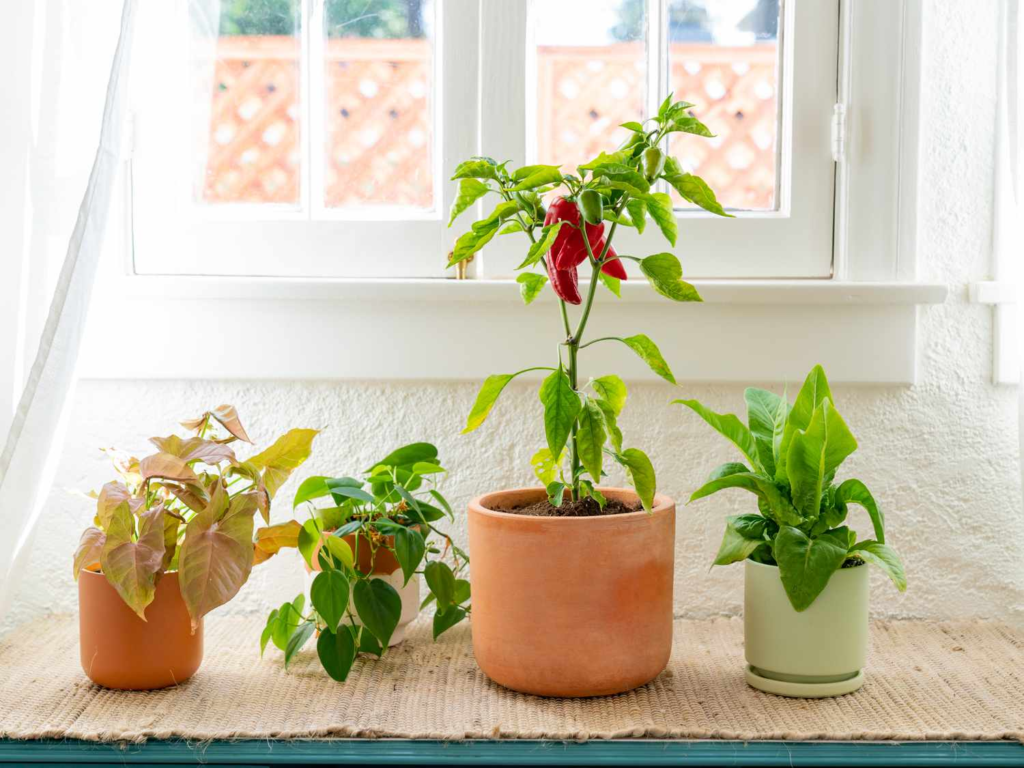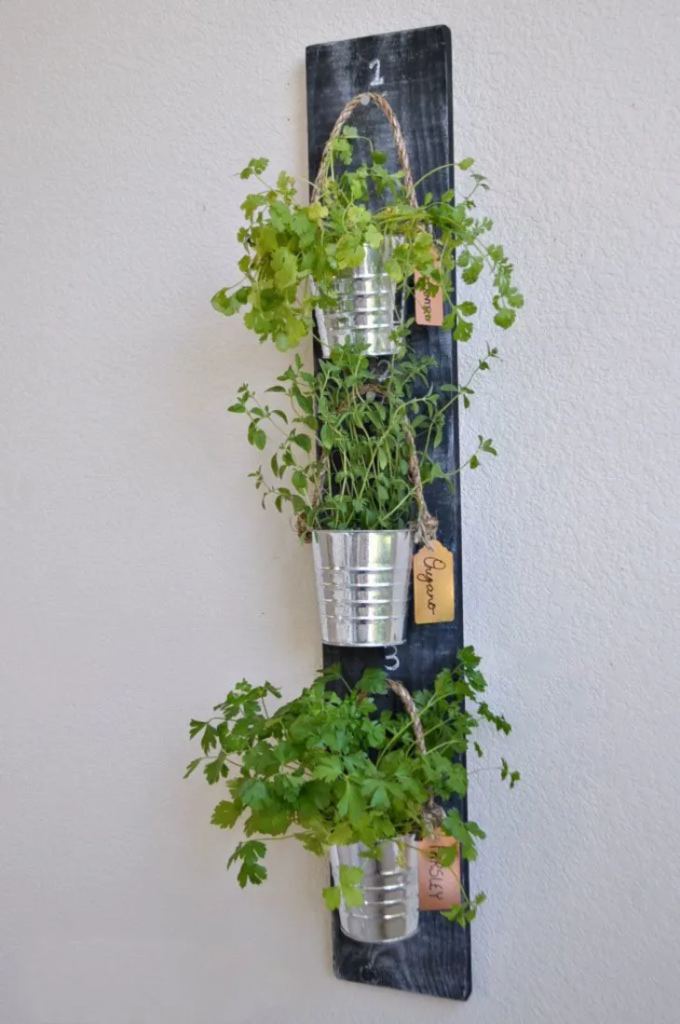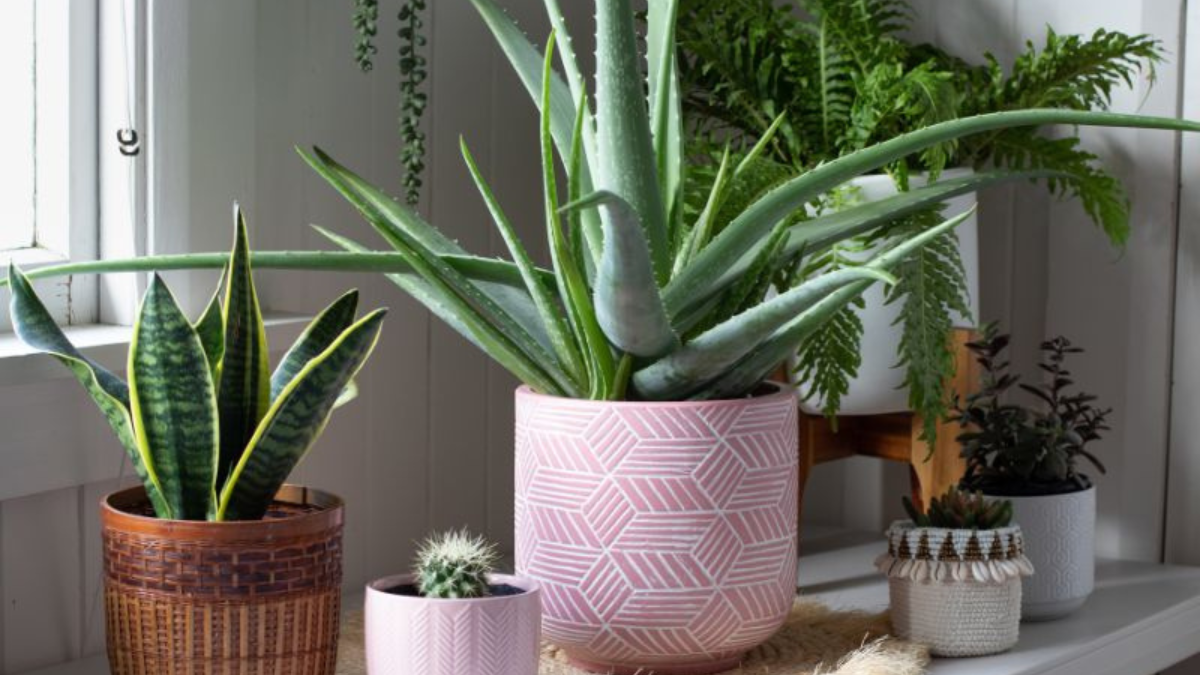No-Waste Kitchen Gardening: Regrow Your Leftover Greens, Stalks, Seeds, and More (No-Waste Gardening)
$11.49
Indoor gardening has become increasingly popular in recent years as people look for ways to bring the beauty of nature into their homes, even in limited spaces. Whether you live in a small apartment or have a compact living area, indoor gardening offers a fantastic opportunity to nurture plants and create a green oasis indoors. In this article, we will explore the benefits of indoor gardening, guide you in choosing the right plants, provide essential supplies and equipment, offer tips on setting up your indoor garden, and share insights on proper care and maintenance. Additionally, we will explore creative indoor gardening ideas and address common challenges that you may encounter. So, let’s dive in and discover how you can thrive in limited spaces through the wonders of indoor gardening.

Benefits of Indoor Gardening
Access to Fresh Produce
One of the significant benefits of indoor gardening is the ability to grow your own fresh produce, even in limited spaces. By cultivating herbs, vegetables, and fruits indoors, you can enjoy the pleasure of harvesting your own organic and pesticide-free food. Imagine having fresh herbs to enhance the flavor of your dishes or plucking ripe tomatoes from your indoor garden for a delectable salad. Indoor gardening allows you to have a sustainable source of fresh produce right at your fingertips.
Health and Well-being
Indoor plants not only beautify your living space but also contribute to your health and well-being. Plants naturally purify the air by removing toxins and releasing oxygen, creating a healthier indoor environment. Studies have shown that being surrounded by greenery can reduce stress, enhance mood, and improve concentration and productivity. Indoor gardening provides an excellent opportunity to enhance the overall well-being of yourself and your family.
Stress Relief
In today’s fast-paced world, finding ways to unwind and de-stress is crucial. Indoor gardening can be a therapeutic activity that helps alleviate stress. The act of nurturing and caring for plants can provide a sense of calm and relaxation. It allows you to connect with nature and indulge in a mindful practice that promotes mental and emotional well-being. Cultivating a green oasis indoors can be a sanctuary that rejuvenates your mind, body, and soul.
Choosing the Right Plants
When it comes to indoor gardening, choosing the right plants is essential for successful cultivation in limited spaces. Not all plants thrive indoors, especially in low-light conditions or confined areas. Here are some considerations for selecting plants for your indoor garden:
Low-Light Plants
In spaces with limited natural light, it’s crucial to choose plants that can thrive in low-light conditions. Some examples of low-light plants include snake plants (Sansevieria), pothos (Epipremnum aureum), and ZZ plants (Zamioculcas zamiifolia). These plants have adapted to survive with minimal sunlight and can flourish indoors with proper care.
Small-Sized Plants
For compact living spaces, opting for small-sized plants is a smart choice. Look for plants that have a compact growth habit or can be easily pruned to maintain a manageable size. Succulents, such as echeverias and haworthias, are excellent choices as they are petite and require minimal maintenance. Additionally, consider dwarf varieties of popular houseplants, which are specifically bred to have a smaller footprint.
Edible Plants
If you desire to grow your own fresh produce indoors, consider edible plants that are well-suited for indoor cultivation. Herbs like basil, mint, and parsley can thrive indoors and provide a plentiful supply of aromatic leaves for cooking. Microgreens, which are young and tender greens, are also a great choice. They are packed with nutrients and can be grown in small containers.
Essential Supplies and Equipment
To set up your indoor garden, you will need a few essential supplies and equipment to ensure optimal plant growth and health. Let’s explore the items you should consider acquiring:
Containers and Pots
Choosing the right containers and pots is crucial for indoor gardening success. Opt for containers with drainage holes to prevent waterlogging and promote healthy root growth. Additionally, consider the size and material of the containers. Lightweight and durable materials like plastic or fiberglass can be practical choices for indoor gardening.
Potting Soil and Fertilizers
Selecting the appropriate potting soil is essential for providing your plants with the necessary nutrients and drainage. Use a high-quality potting mix specifically formulated for indoor plants. Additionally, consider fertilizers to supplement the soil and provide essential nutrients. Choose organic fertilizers or slow-release fertilizers to ensure a steady and balanced nutrient supply.
Watering Tools
Proper watering is vital for the health of your indoor plants. Invest in watering tools such as a watering can or a spray bottle for smaller plants. Additionally, consider a moisture meter to accurately assess the moisture levels in the soil. This can help prevent overwatering or underwatering, which are common pitfalls in indoor gardening.
Lighting Solutions
Since natural light can be limited indoors, providing adequate artificial lighting is crucial for the success of your indoor garden. Consider investing in grow lights specifically designed for plants. LED grow lights are energy-efficient and emit the right spectrum of light for photosynthesis. Position the lights at an appropriate distance from the plants to ensure optimal light absorption.
Setting Up Your Indoor Garden
Now that you have gathered the necessary supplies and equipment, it’s time to set up your indoor garden. Follow these steps to create an optimal environment for your plants:
Selecting the Ideal Location
Choose a location in your home that receives the best available light for your plants. Consider windowsills, balconies, or areas near skylights. Take into account the specific light requirements of your chosen plants and position them accordingly.
Providing Adequate Light
Supplement natural light with artificial lighting to ensure your plants receive sufficient light for healthy growth. Place the grow lights above the plants at the recommended distance specified by the manufacturer. Adjust the duration of light exposure according to the specific light requirements of your plants.

Controlling Temperature and Humidity
Maintaining an appropriate temperature and humidity level is crucial for the well-being of your indoor garden. Most indoor plants thrive in temperatures between 65°F to 75°F (18°C to 24°C). Avoid placing plants near drafts or heating vents. To increase humidity, you can use a humidifier or place a tray filled with water near the plants.
Arranging Plants Strategically
Consider the size and growth habits of your plants when arranging them in your indoor garden. Place taller plants at the back or against walls, and shorter plants in the front. This arrangement ensures all plants receive adequate light and allows for easy access for watering and maintenance.
Proper Care and Maintenance
To keep your indoor garden thriving, proper care and maintenance are essential. Follow these tips to ensure the health and longevity of your plants:
Watering Techniques
Water your plants thoroughly when the top inch of soil feels dry. Ensure water reaches the root zone but avoid overwatering, as it can lead to root rot. Use the moisture meter or observe the soil’s moisture level to gauge when to water. Different plants have different water requirements, so it’s important to research the specific needs of your chosen plants.
Pruning and Trimming
Regular pruning and trimming help maintain the shape and health of your indoor plants. Remove any dead, damaged, or yellowing leaves to promote new growth. Trim leggy stems to encourage bushier growth. Pruning also helps control the size of your plants and prevents them from becoming overcrowded.
Pest and Disease Management
Indoor plants are susceptible to pests and diseases, so it’s important to be proactive in their prevention and management. Inspect your plants regularly for signs of pests such as aphids, spider mites, or mealybugs. If an infestation occurs, treat it promptly using organic insecticidal soap or neem oil. Monitor your plants for any signs of diseases like powdery mildew or root rot and take appropriate measures to address them.
Creative Indoor Gardening Ideas
Indoor gardening offers endless opportunities for creativity and innovation. Here are some ideas to inspire your indoor garden:
Vertical Gardens
Vertical gardens utilize wall space to grow plants vertically, making them perfect for small rooms or apartments. Install vertical planters or create a living wall with trailing plants like pothos, philodendrons, or ivy. This not only maximizes space but also adds a stunning visual element to your indoor garden.
Herb Gardens
Create your own herb garden indoors and enjoy the convenience of fresh herbs at your fingertips. Use small pots or herb planters to grow herbs like basil, rosemary, thyme, and mint. Place them in the kitchen or near a sunny window for easy access while cooking.

Terrariums and Miniature Gardens
Terrariums and miniature gardens offer a whimsical and enchanting touch to indoor spaces. Choose a glass container and create a self-contained ecosystem with moss, ferns, small succulents, and decorative elements like rocks or figurines. These miniature landscapes bring a sense of tranquility and natural beauty to your indoor garden.
Hydroponic Systems
For a modern and efficient approach to indoor gardening, consider hydroponics. Hydroponic systems allow plants to grow in nutrient-rich water without soil. Explore different hydroponic setups, such as nutrient film technique (NFT) or deep water culture (DWC), and experiment with growing vegetables, leafy greens, or even flowers.
Troubleshooting Common Challenges
Even with proper care, indoor gardens can face challenges. Here are some common issues you may encounter and tips for troubleshooting them:
Yellowing Leaves
Yellowing leaves can indicate overwatering, underwatering, nutrient deficiencies, or improper lighting. Assess the watering schedule, adjust as needed, and ensure your plants receive adequate light and proper nutrients. Trim any severely yellowed leaves to redirect energy to healthier growth.
Overwatering or Underwatering
Finding the right balance of watering can be challenging. Overwatering can lead to root rot, while underwatering causes wilting and stunted growth. Monitor the soil moisture levels, adjust your watering frequency, and ensure proper drainage to prevent waterlogging.
Inadequate Lighting
If your plants are not thriving or showing signs of weak growth, it may indicate insufficient lighting. Adjust the position and distance of your grow lights to provide adequate light intensity. Consider upgrading your lighting system if necessary, especially if you are growing high-light plants.
Pests and Diseases
Pests like aphids, mealybugs, or fungus gnats can infest indoor plants. Monitor your plants regularly and take immediate action at the first sign of an infestation. Use organic pest control methods or introduce beneficial insects like ladybugs or predatory mites. For diseases, promptly isolate affected plants and treat them with appropriate fungicides or remedies.

Conclusion
Indoor gardening provides a wonderful opportunity to bring the beauty of nature into limited spaces. With careful plant selection, essential supplies, and proper care, you can create a thriving indoor garden that enhances your living space and nourishes your well-being. Whether you choose low-light plants, small-sized varieties, or edible herbs and vegetables, the rewards of indoor gardening are abundant. Embrace your creativity, explore different gardening ideas, and overcome challenges along the way. So, roll up your sleeves, get your hands dirty, and embark on your indoor gardening journey today.


